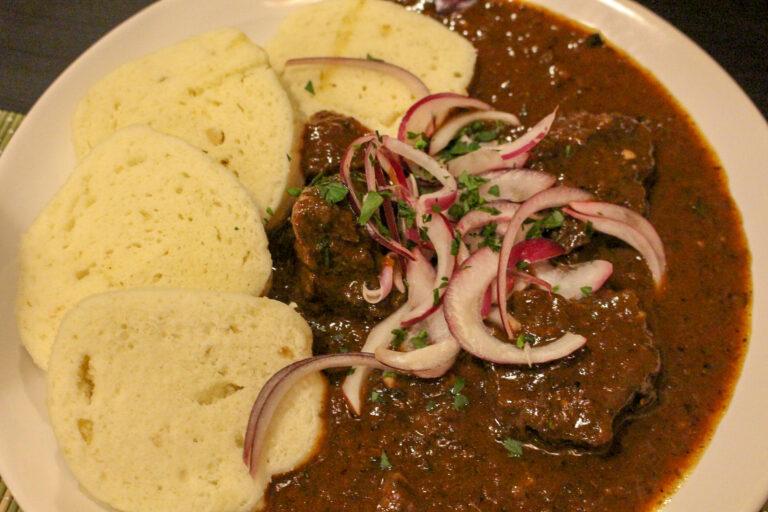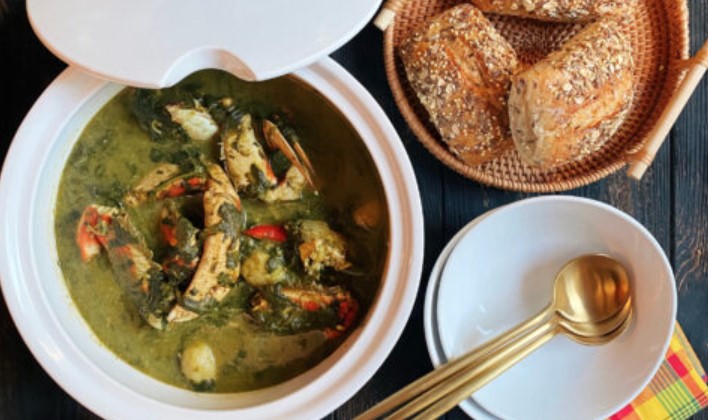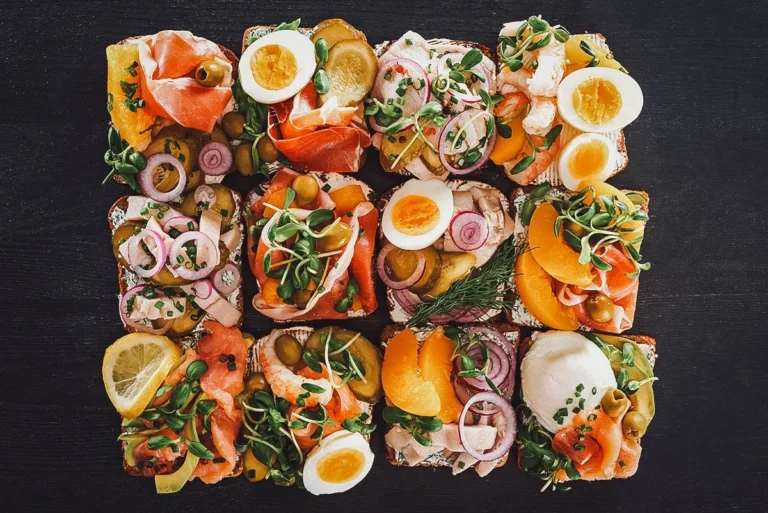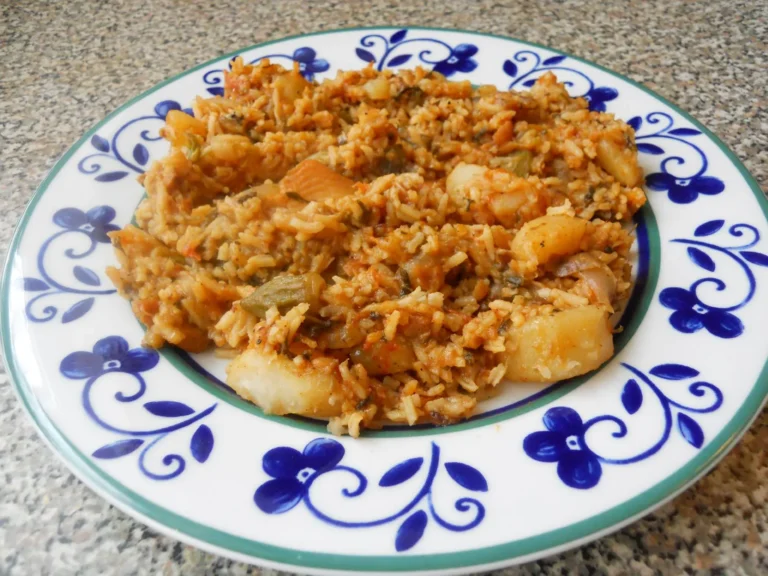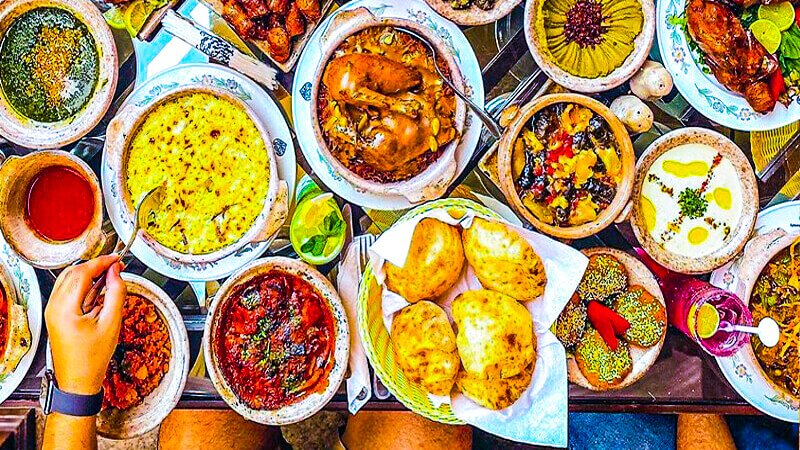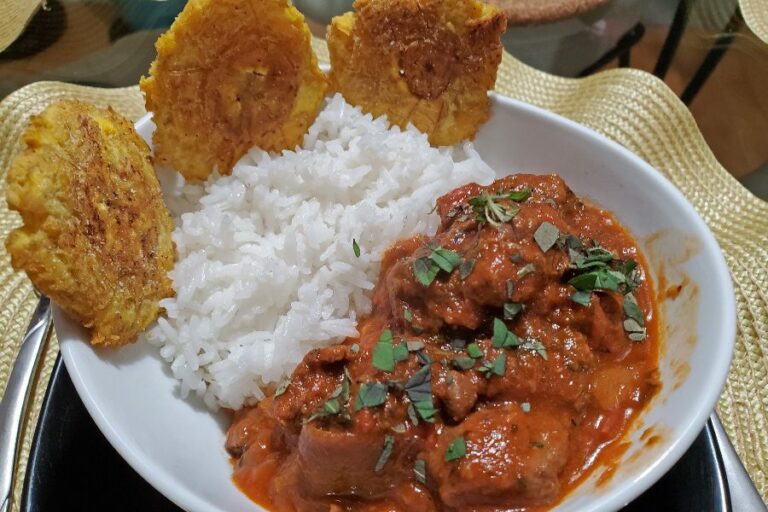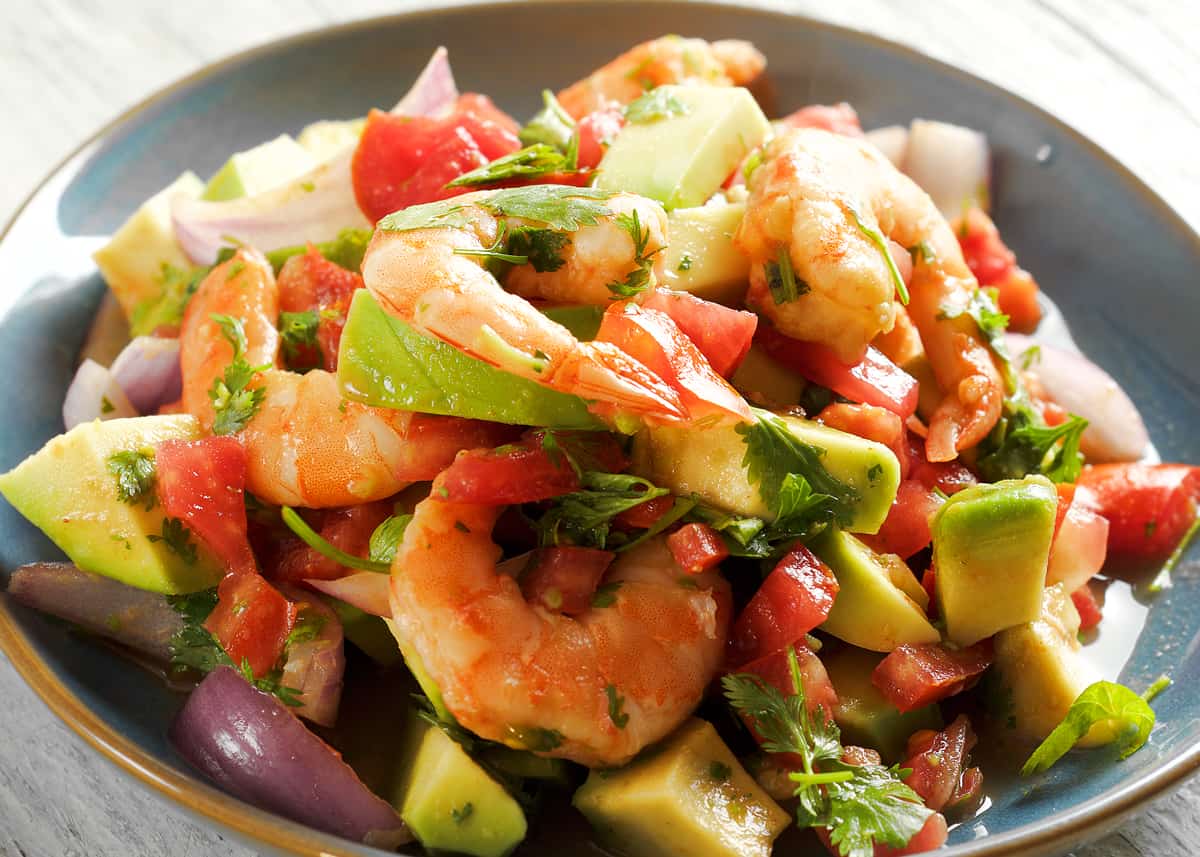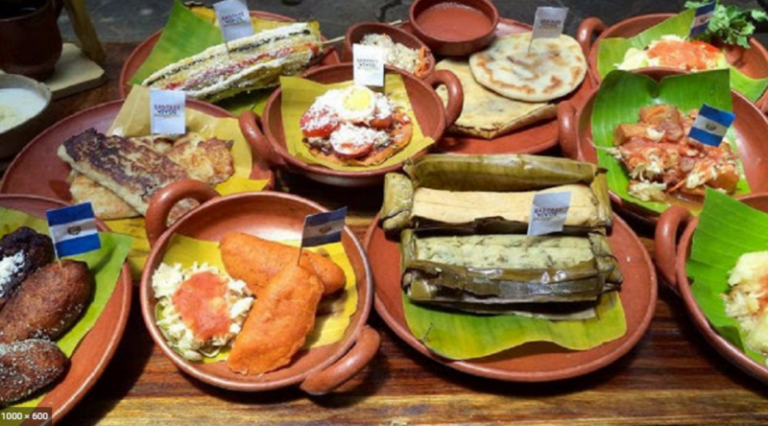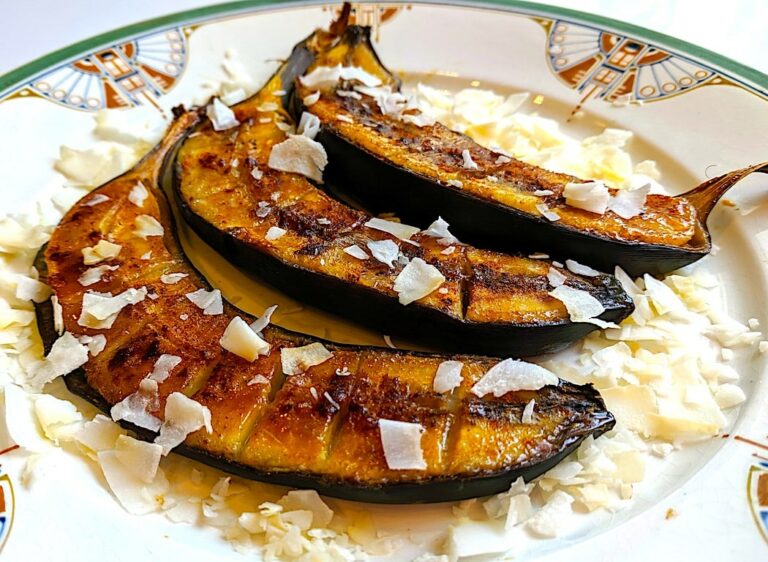Introduction: Exploring Czech Cuisine
Czech cuisine is a blend of various influences from its neighboring countries and historical periods. The cuisine is characterized by its hearty and satisfying dishes, which are often accompanied by beer or wine. Czech cuisine has undergone significant changes over time as a result of wars, invasions, and political shifts. It is now popular worldwide, attracting tourists to the country to experience its rich and varied culinary traditions.
Historical Influences on Czech Cuisine
The Czech Republic has been influenced by many cultures throughout its history, and their food culture has been shaped by these influences. The country has been under the rule of various empires, such as the Habsburgs, and has been invaded by neighboring countries such as Germany. As a result, the food culture has been shaped by these external influences. Additionally, the country’s economy and geography have also played a significant role in shaping the food culture – meat, potatoes, and cabbage being staples of Czech cuisine.
Regional Variations in Czech Cuisine
Czech cuisine is diverse, and there are significant regional variations in the dishes and ingredients used. Some of the primary regions in the Czech Republic include Bohemia, Moravia, Silesia, and Slovak. Each region has its own distinct culinary traditions, which have been shaped by local ingredients, historical and cultural influences, and geography.
Bohemian Cuisine: Characteristics and Dishes
Bohemian cuisine is one of the most popular and well-known regions of Czech cuisine. It is characterized by the use of potatoes, meat, and sour cream, which are often used in dishes such as goulash, roast pork, and dumplings. The region is also famous for its beer, which is considered one of the best in the world.
Moravian Cuisine: Characteristics and Dishes
Moravian cuisine is known for its use of fruits, dumplings, and wine. The region is famous for its fruit dumplings, which are made with plums, apricots, or strawberries, and topped with melted butter and breadcrumbs. The region is also known for its wine, and tourists flock to the vineyards to taste the local produce.
Czech Silesian Cuisine: Characteristics and Dishes
Silesian cuisine is characterized by hearty meat dishes, such as smoked pork, sausages, and game. The region has a strong industrial history, and the cuisine reflects this with its use of preserved meats and sausages. The region is also known for its beer, which is brewed using traditional techniques.
Czech Slovak Cuisine: Characteristics and Dishes
Czech Slovak cuisine is characterized by its use of potatoes, sauerkraut, and meat. The region is famous for its halushki, a dish made with potato dumplings and cabbage, which is often served with smoked pork. The region is also known for its wine, which is produced in the southern part of the region.
Conclusion: Diversity and Richness of Czech Cuisine
Czech cuisine is diverse and rich, with distinct regional variations that reflect the country’s history, culture, and geography. Each region has its own culinary traditions, which have been passed down through generations. Czech cuisine is now popular worldwide, attracting tourists to the country to experience its unique flavors and dishes.

